Workers in Blizzard’s Hearthstone and Warcraft Rumble teams have voted to unionise with the Communications Workers of America.
Over 100 software engineers, designers, artists, quality assurance testers, and producers voted to join…

Workers in Blizzard’s Hearthstone and Warcraft Rumble teams have voted to unionise with the Communications Workers of America.
Over 100 software engineers, designers, artists, quality assurance testers, and producers voted to join…
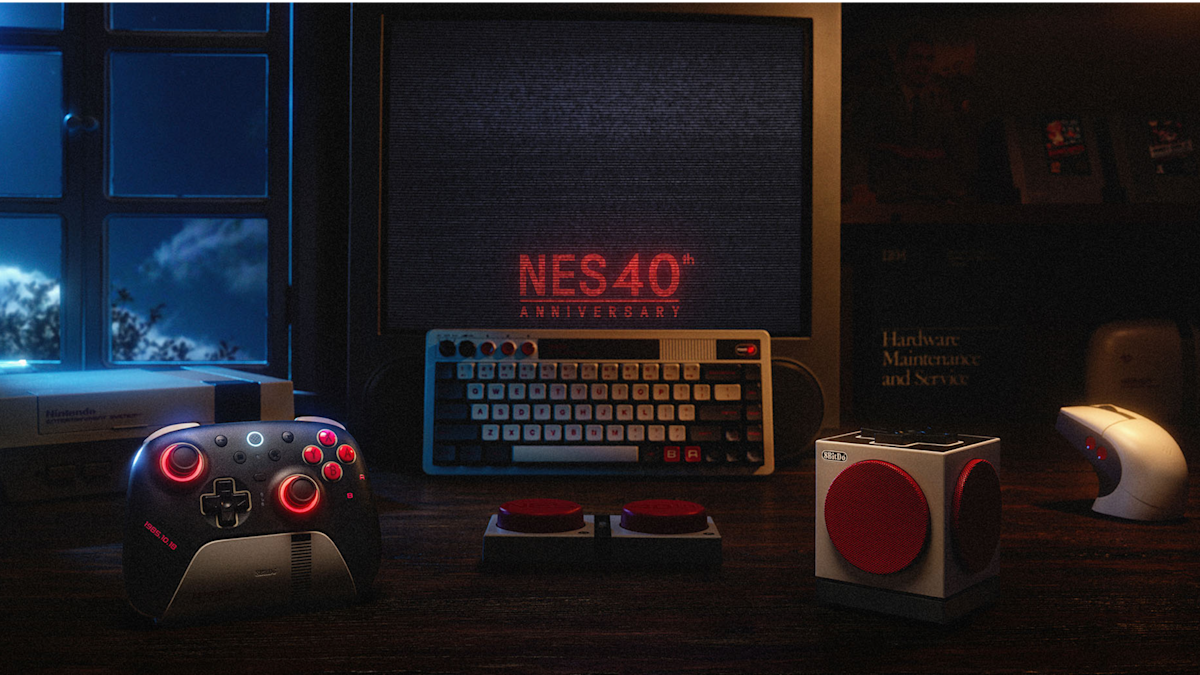
It’s been 40 years to the day since the Nintendo Entertainment System made its US debut, and to celebrate, gaming accessory maker 8BitDo has unveiled a line of NES-themed products. The includes a limited edition version of the company’s that…

Rachel Leingang
Millions are expected to show out for protests on Saturday at more than 2,500 locations across America, from small towns to large cities, to speak against the Trump administration.
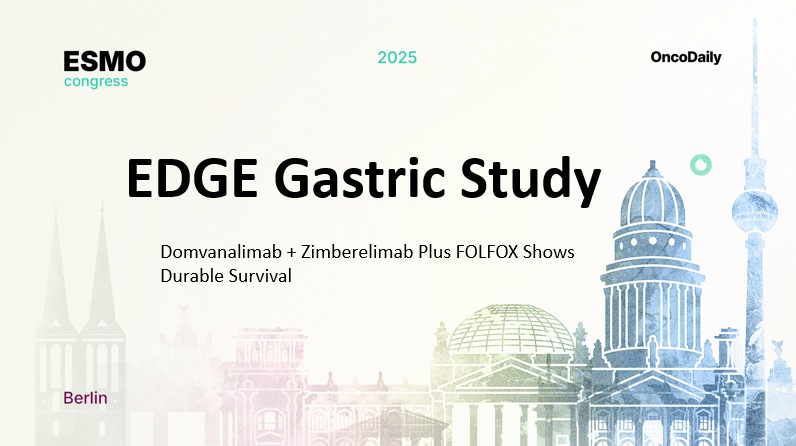
At the ESMO Congress 2025 in Berlin, Dr. Yelena Y. Janjigian (Memorial Sloan Kettering Cancer Center, New York, USA) presented updated long-term results from the Phase II EDGE Gastric study (NCT05329766), sponsored by Arcus Biosciences and Gilead Sciences. The trial evaluated the dual immune checkpoint blockade of domvanalimab (Dom)—an Fc-silent anti-TIGIT antibody developed by Arcus—and zimberelimab (Zim)—an anti–PD-1 antibody—in combination with FOLFOX chemotherapy in the first-line (1L) treatment of HER2-negative advanced gastric (GC), gastroesophageal junction (GEJC), and esophageal adenocarcinoma (EAC).
At a 26-month follow-up, the combination demonstrated durable efficacy, achieving a median overall survival (OS) of 26.7 months and median progression-free survival (PFS) of 13.2 months, reinforcing dual PD-1/TIGIT blockade as a promising next-generation immunotherapy strategy for upper gastrointestinal adenocarcinomas.
Despite advances in immunotherapy, long-term outcomes for patients with advanced gastric and GEJ cancers remain poor. While PD-1 inhibitors have become a mainstay of first-line therapy, resistance and limited response durability remain major challenges.
The TIGIT pathway, a key regulator of T-cell exhaustion, has emerged as a complementary target to PD-1, with potential to deepen and sustain immune responses.
The EDGE-Gastric trial (Arm A1) was designed to assess whether dual inhibition of PD-1 and TIGIT, combined with chemotherapy, could enhance anti-tumor immunity and improve survival outcomes in this population.
Patients received:
Primary endpoints included safety and objective response rate (ORR) by RECIST v1.1, while secondary endpoints assessed progression-free survival (PFS) and overall survival (OS).
A total of 41 patients were enrolled, 63% of whom had gastric cancer.
The median follow-up at data cutoff (March 3, 2025) was 26.4 months.
The combination of Dom + Zim + FOLFOX continued to yield durable and consistent efficacy:
The benefit was consistent across PD-L1 subgroups:
These findings highlight robust, long-lasting responses, particularly in PD-L1–high tumors, with durable benefit extending beyond two years.
The safety profile of Dom + Zim + FOLFOX remained manageable and comparable to PD-1–based chemotherapy regimens.
The regimen demonstrated a favorable safety profile and consistent benefit across PD-L1 subgroups, establishing a strong rationale for phase III validation.
The ongoing STAR-221 trial (NCT05568095) will compare Dom + Zim + chemotherapy directly with nivolumab + chemotherapy in the same setting.
You Can Also Raed INTEGRATE IIb Trial at ESMO 2025: Regorafenib Plus Nivolumab vs Chemotherapy in Advanced Gastric and GEJ Cancer by OncoDaily
You can read the full abstract here
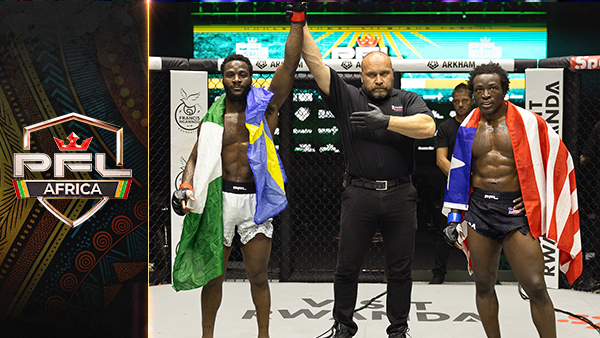
Though primarily a kickboxer, Wasi Adeshina considers himself an all-around fighter. The Nigerian native has won four straight and eight of his last nine. He was victorious in his opening round bout in August, defeating…
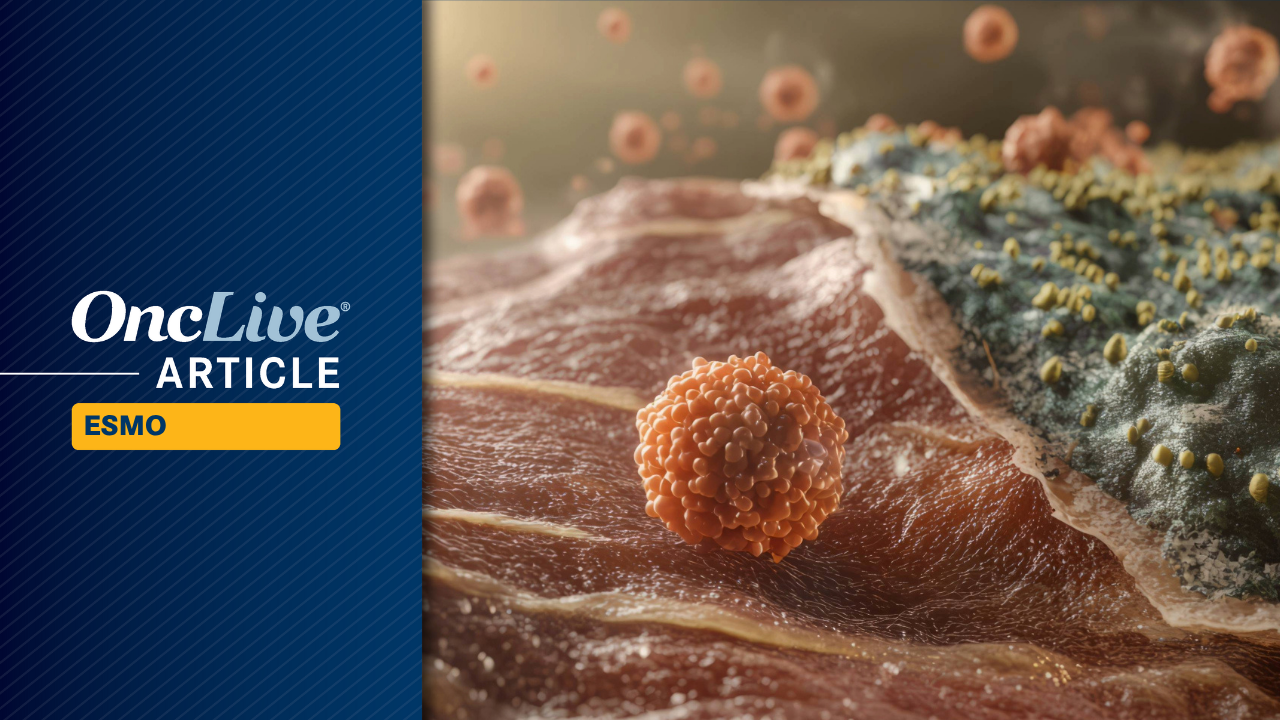
Adjuvant treatment with cemiplimab-rwlc (Libtayo) was associated with a similar incidence of second primary tumors (SPTs) compared with placebo in patients with high-risk cutaneous squamous cell carcinoma (CSCC) following surgery and postoperative radiotherapy, according to findings from an analysis of the phase 3 C-POST trial (NCT03969004) presented at the
During the treatment period, the proportion of patients who developed at least one SPT was 11% in the cemiplimab arm (n = 209) compared with 12% in the placebo arm (n = 206); during the study’s follow-up period, these rates were 8% and 7%, respectively. During the treatment period, the cumulative number of SPTs was 32 with cemiplimab vs 82 for placebo, corresponding to annualized, adjusted annualized SPT rates of 1.23 (95% CI, 0.60-2.54) and 2.81 (95% CI, 1.23-6.45), respectively. In the follow-up period, 36 total SPTs occurred in the cemiplimab arm vs 41 in the placebo arm, and the annualized SPT rates were 0.72 (95% CI, 0.30-1.71) and 1.17 (95% CI, 0.40-3.49), respectively.
During the treatment period, 9% of patients in the cemiplimab arm had 1 SPT, 1% had 2 SPTs, less than 1% had 3 SPTs, 0% had 4 SPTs, less than 1% had 5 SPTs, and 0% had 6 or more SPTs. In the placebo arm, these rates were 8%, 2%, less than 1%, less than 1%, 0%, and 1%, respectively. Incidence was similar during the follow-up period, with 4% of patients in each arm experiencing 1 SPT and less than 1% of patients falling into the multiple SPT groups within each arm.
In a post hoc analysis incorporating the first occurrence of SPTs alongside disease-free survival (DFS) events (recurrence or death), efficacy continued to favor cemiplimab over placebo (HR, 0.43; 95% CI, 0.30-0.60). The median DFS in this analysis was not reached (NR; 95% CI, not evaluable [NE]-NE) in the cemiplimab group vs 21.7 months (95% CI, 12.9-39.2) in the placebo group. At 24 months, DFS rates were 81.1% with cemiplimab vs 59.1% with placebo, and this benefit was maintained over time, with rates of 73.4% vs 48.7% at 36 months and 68.4% vs 41.5% at 48 months, respectively.
“The lower number of SPTs in the cemiplimab arm appeared to be driven by a small number of patients with multiple SPTs observed in the placebo arm. The robust [DFS] efficacy signal with cemiplimab vs placebo was maintained in a post hoc analysis in which SPTs were included as [DFS] events,” Danny Rischin, MD, who serves as the director of Medical Oncology at the Peter MacCallum Cancer Centre in Melbourne, Australia, noted in the conclusion of his presentation. “These prospective, randomized data suggest that there may be a subset of patients who experience fewer SPTs with cemiplimab, although further investigation is required.”
With a median follow-up of 24 months (range, 2-64), previously reported findings from the primary analysis showed that patients who received adjuvant cemiplimab after surgical resection and postoperative radiotherapy achieved a median DFS that was NR (95% CI, NE-NE) compared with 49.4 months (95% CI, 48.5-NE) among those treated with placebo (n = 206; HR, 0.32; 95% CI, 0.20-0.51; P < .001). The estimated 24-month DFS rates were 87.1% (and 64.1%, respectively.
Based on those findings, on October 8, 2025
The phase 3 C-POST trial is a randomized, double-blind, placebo-controlled study designed to evaluate adjuvant cemiplimab in patients with histologically confirmed CSCC who had undergone complete resection with curative intent and completed postoperative radiotherapy.1 Patients were required to have high-risk features, which included nodal extracapsular extension with at least one lymph node measuring 20 mm or more, or three or more involved lymph nodes; in-transit metastases; perineural invasion; T4 lesions; or recurrent CSCC with 1 or more additional high-risk characteristics.
Participants were randomly assigned 1:1 to receive cemiplimab or placebo. In part 1 of the study, patients received cemiplimab at 350 mg intravenously every 3 weeks for 12 weeks, followed by cemiplimab at 700 mg every 6 weeks for an additional 36 weeks. Those in the control group received matched placebo on the same schedule. Treatment continued until completion of the planned duration, disease recurrence, or unacceptable toxicity.
Patients who experienced recurrence after completing placebo treatment or after at least three months following cemiplimab completion were eligible to enter an optional open-label extension phase (part 2) to receive cemiplimab at 350 mg every 3 weeks for up to 96 weeks.
The primary end point of the trial was DFS. Key secondary end points include freedom from locoregional recurrence, freedom from distant recurrence, cumulative occurrence of second primary tumors, overall survival, and safety.
The median age of patients was 71.0 years (range, 33-87) in the cemiplimab group and 70.5 years (range, 36-95) in the placebo group. Most patients were 65 years of age or older, representing 73% and 68% of each respective arm. The majority of participants were male (83% in both arms) and White (90% vs 92%).
Geographically, 43% of patients in the cemiplimab arm and 44% in the placebo arm were enrolled from Australia or New Zealand, 18% and 15% were from North America, and 39% and 41% were from the rest of the world.
Most patients had resected high-risk tumors located in the head and neck region (79% in the cemiplimab group vs 86% in the placebo group), and 21% and 14% had non–head and neck tumors, respectively. Regarding risk classification, 60% of patients in the cemiplimab arm and 57% in the placebo arm were categorized as having nodal high-risk disease; 40% and 43%, respectively, had non-nodal high-risk features.
Disclosures: Rischin reported receiving institutional research funding from ALX Oncology, AstraZeneca, Bicara Therapeutics, Decibel Therapeutics, Erasca, Marck, and Regeneron Pharmaceuticals; and having uncompensated relationships with Eisai, GSK, Merck, and Regeneron Pharmaceuticals.

There’s a really good cast here, in a movie with a real-life story to tell: how Irish boxing trainer Brendan Ingle mentored a cheeky Sheffield kid from migrant Yemeni parents, “Prince” Naseem Hamed, teaching him to stand up to racist…

Despite home support, it was a step too far for Victor Axelsen as he bowed out of the BWF Denmark Open, beaten by world No.1 Shi Yu Qi 21-19, 17-21, 21-17 in the men’s singles semi-finals in Odense on Saturday (18 October).
Shi, of the People’s…
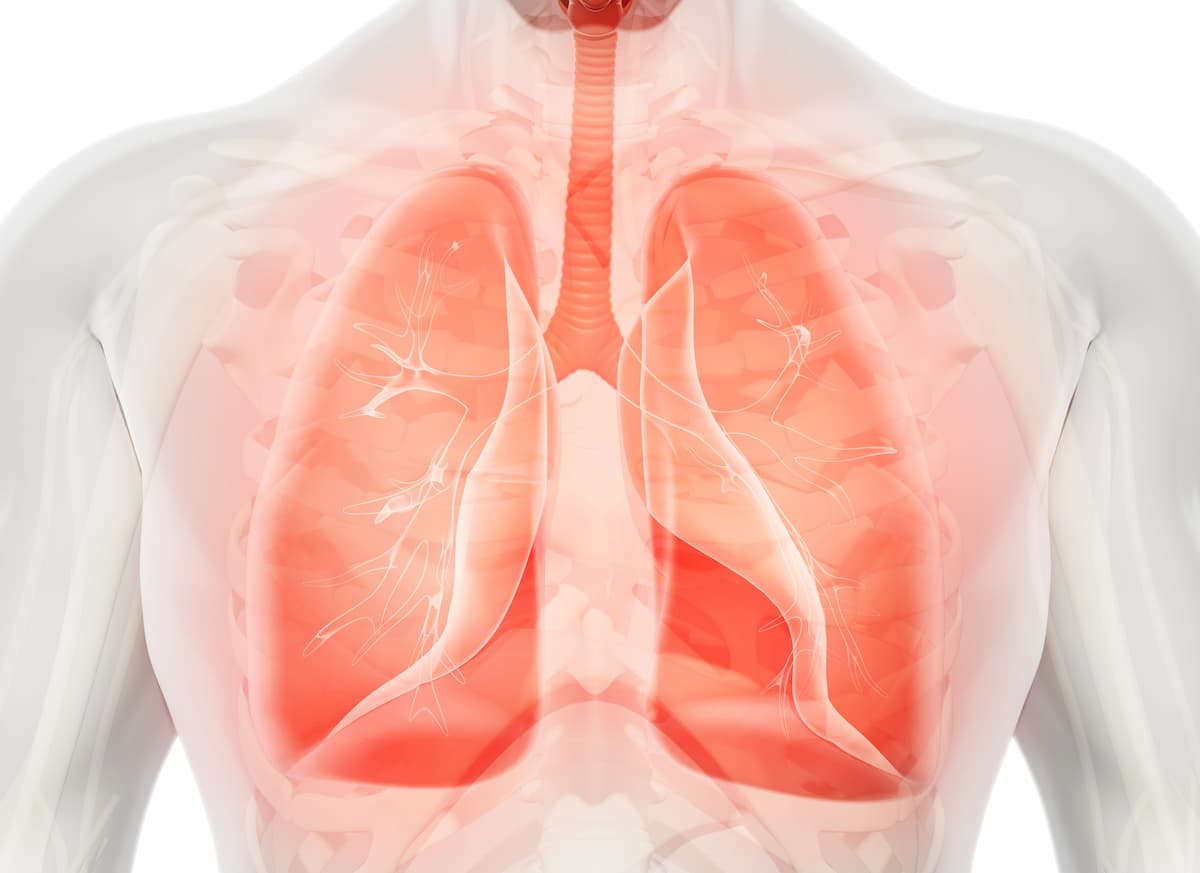
Treatment with tarlatamab-dlle (Imdelltra) improved overall survival (OS) vs chemotherapy among patients with small cell lung cancer (SCLC) regardless of chemotherapy-free intervals (CFIs) or prior receipt of anti–PD-(L)1 therapy, according to data from the phase 3 DeLLphi-304 trial (NCT05740566) presented at the
The median OS was 10.9 months in the tarlatamab arm vs 6.4 months in the chemotherapy arm among patients with a CFI of less than 90 days (HR, 0.60; 95% CI, 0.43-0.84). The 12-month OS rates in this population were 40% vs 24% with tarlatamab and chemotherapy, respectively.
Among patients with a CFI of 90 days or longer, the median OS was 17.1 months compared with 10.6 months in each arm, with respective 12-month OS rates of 64% and 48% (HR, 0.65; 95% CI, 0.45-0.93). Regarding patients with disease progression within 2 weeks of their most recent platinum-containing treatment, the Kaplan-Meier estimated 6-month OS rates were 55% with tarlatamab and 35% with chemotherapy.
Among patients with prior receipt of anti–PD-(L)1 agents, the median OS was 14.1 months in the tarlatamab arm and 8.3 months in the chemotherapy arm; the respective 12-month OS rates were 53% vs 36% (HR, 0.61; 95% CI, 0.45-0.82). In the group of patients without prior anti–PD-(L)1 therapy, the median OS was 13.6 months vs 8.3 months, and the 12-month OS rates were 53% vs 40% (HR, 0.65; 95% CI, 0.42-1.03). Overall, data showed that prior exposure to anti–PD-(L)1 agents did not affect OS benefits with tarlatamab vs chemotherapy.
“In the second line, standard chemotherapies have demonstrated modest survival benefits, especially [in] those patients with platinum-resistant disease, [who] often have a poor prognosis. DeLLphi-304 is the first randomized phase 3 trial to demonstrate superior OS with tarlatamab compared with standard chemotherapy. Importantly, this survival benefit extended to patients with platinum-resistant disease,” presenting author Pedro F. Simoes da Rocha, MD, PhD, of Vall d’Hebron University Hospital and Vall d’Hebron Institute of Oncology in Barcelona, Spain, stated in the presentation.1 “These findings reinforce the use of tarlatamab as a standard of care in second-line SCLC, including those patients with worse prognosis, such as [those] with platinum-resistant disease.”
In the randomized DeLLphi-304 trial, 509 patients were assigned 1:1 to receive tarlatamab (n = 254) or investigator’s choice of chemotherapy (n = 255), which included options of topotecan (n = 185), lurbinectedin (Zepzelca; n = 47), and amrubicin (n = 23). Investigators stratified patients by prior receipt of anti–PD-(L)1 agents, CFI interval, presence of brain metastases, and intended chemotherapy.
The trial’s primary end point was OS. Secondary end points included progression-free survival, patient-reported outcomes, objective response rate, and safety.
Patients with histologically or cytologically confirmed SCLC, disease progression following frontline platinum-based chemotherapy with or without anti–PD-(L)1 therapy, and an ECOG performance status of 0 or 1 were eligible for enrollment on the trial. Those with asymptomatic, treated, or untreated brain metastases were able to enroll.
In the tarlatamab and chemotherapy arms, respectively, 43% and 45% of patients had a CFI of less than 90 days, and 57% and 55% had a CFI of 90 days or longer. Additionally, 71% of patients in both arms had prior receipt of anti–PD-(L)1 therapy, while 29% from both arms did not. Investigators noted that subgroup baseline characteristics appeared to be balanced between treatment arms.
Across the different CFI and anti–PD-(L)1 subgroups, rates of grade 3 or higher treatment-related adverse effects (AEs) ranged from 24% to 30% in the tarlatamab arm and 58% to 69% in the chemotherapy arm. Any-grade events of cytokine release syndrome (CRS) occurred in 51% to 59% of patients who received tarlatamab across various subgroups, and subgroup status did not impact the risk of CRS.
Previously, the

When space telescopes blazed with high-energy radiation for hours earlier this year, astronomers suspected that they were witnessing something special. The cosmic flash GRB 250702B was no run-of-the-mill gamma-ray burst—it was the…